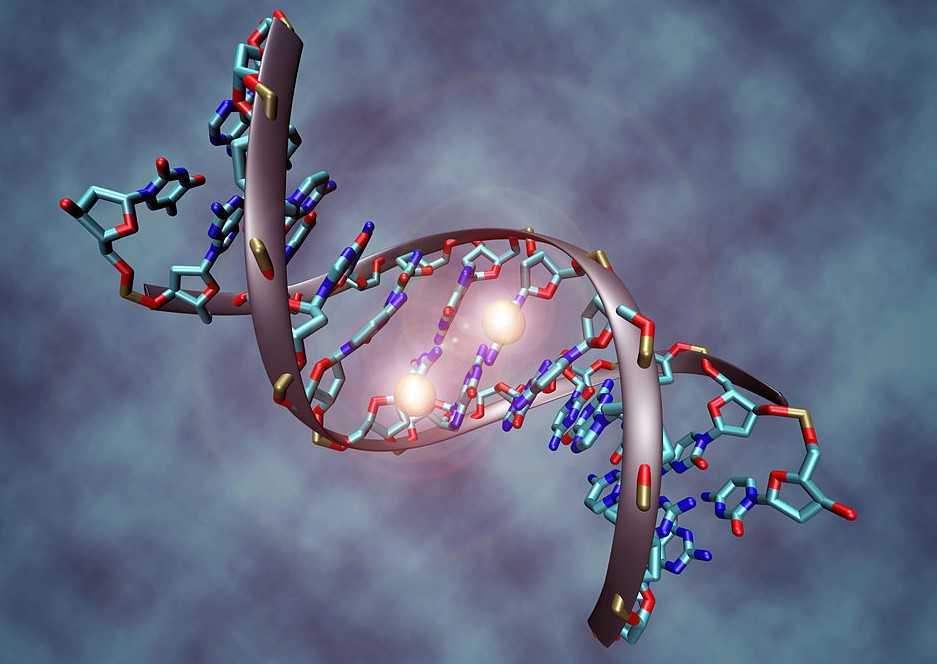A new study reports how epigenetic modifications in the cerebellum played a fundamental role in human evolution
The cerebellum, a part of the brain once recognized primarily for its role in coordination and movement, has undergone evolutionary changes that may have contributed to human culture, language, and the use of tools.

Cerebellum: small yes but important
As the name suggests, cerebellum stands for “little brain”. This part of our central nervous system is located in the posterior basal part of the skull. Anatomically separated from the brain itself, it is connected to it through a bridge of nerve fibers. Despite its small size it contains a very high density of neurons. In fact, it contains 3.6 times more than the whole neocorteccia, the part of the cerebral cortex typical of mammals, which in humans represents the 90% of the entire cortex. Over the years, the cerebellum has become increasingly important. In fact, if once it was believed that it only played a role in the development and coordination of movements, over the years more and more functions have been discovered in the control of emotions and behavior. But for scientists what makes the human cerebellum so different from that of other mammals is still not entirely clear.

Epigenetics: what is it
L’epigenetics it is a branch of genetics that studies some particular modifications of DNA. These are modifications that do not change the DNA sequence, but can affect which genes are turned on and off. Changes that can often be inherited in future generations. These epigenetic differences can also be involved in aging and disease. Previous studies have shown that epigenetic differences between beings humans e chimpanzee in the prefrontal cortex they are associated with genes involved in psychiatric conditions and neurodegeneration. Overall, the new study affirms the importance of including the cerebellum when studying how the human brain has evolved.
A new way of seeing the cerebellum
For years, scientists, who have studied such as beings humans have developed theirs extraordinary cognitive abilities, they often focused only on the prefrontal cortex. This part of the brain it is certainly the most unique compared to that of other mammals. The functions of the bark they are universally known as fundamental to most executive functions, such as reasoning and decision making. But recently, the cerebellum has begun to receive more and more attention in precisely these roles. Guevara and his team of scientists of Duke University, they decided to study the evolution of the cerebellum looking for the molecular differences between humans, chimpanzees and macaques. Specifically, they examined the genomes of the various types of brain tissue in the three species to find epigenetic differences.

From metabolism to synaptic adaptation: where the differences are concentrated
Compared to chimpanzee and there macachi rhesus, humans showed greater epigenetic differences in the cerebellum than in the prefrontal cortex, highlighting its importance in the evolution of the human brain. Epigenetic differences are concentrated in some genetic areas. Particularly diverse genes are involved in brain development, inflammation, fat metabolism, and synaptic plasticity – the strengthening or weakening of connections between neurons. The epigenetic differences identified in the new study are relevant to understanding how the human brain and its ability to create new connections. Overall, the new study affirms the importance of including the cerebellum when studying how the human brain has evolved.
Follow us in our section sciences for other news!















Leave a Reply
View Comments